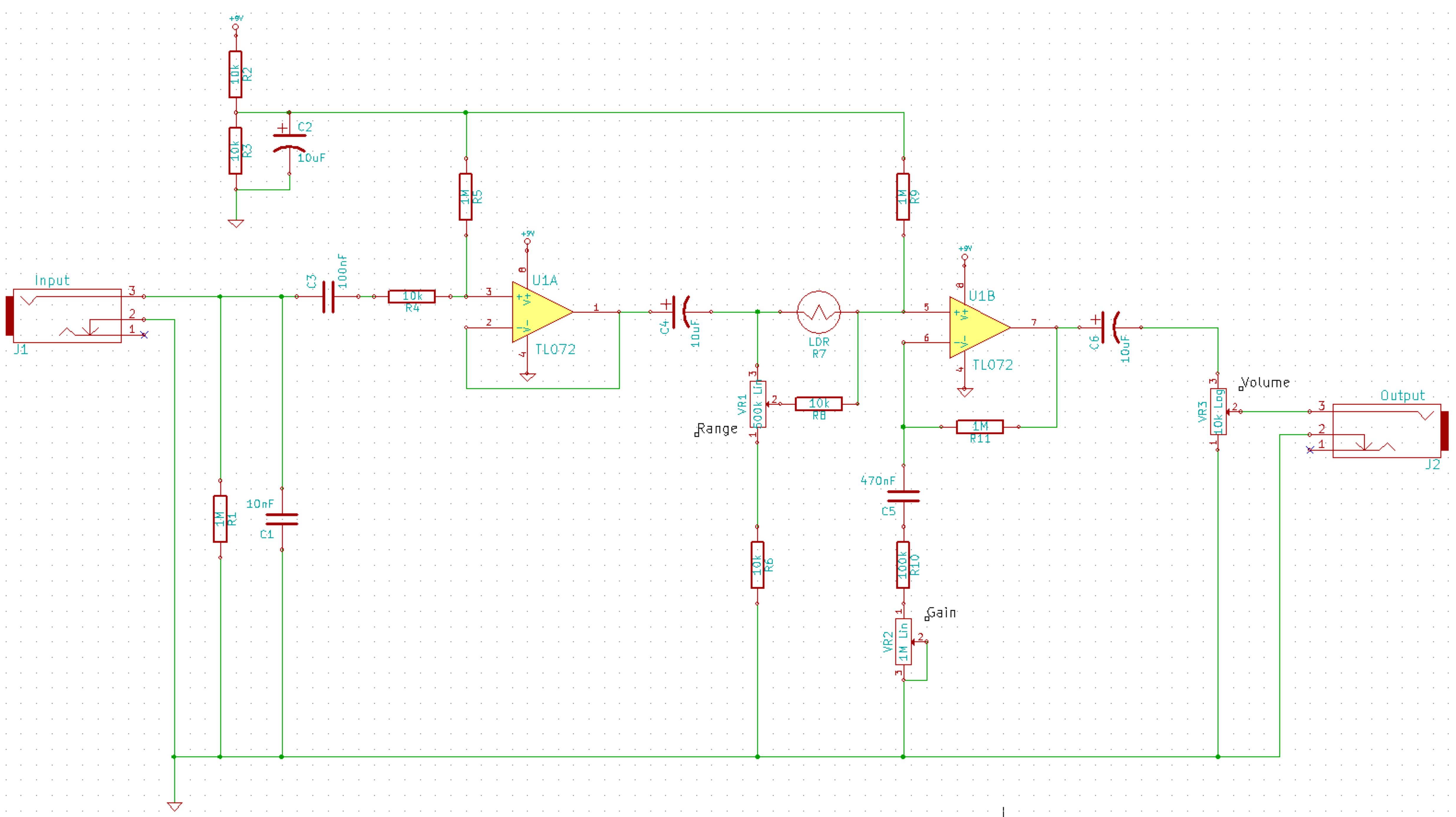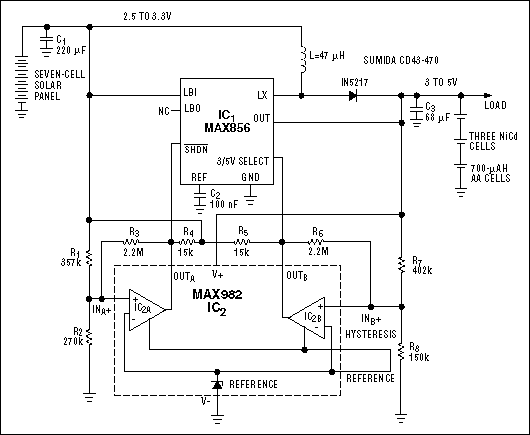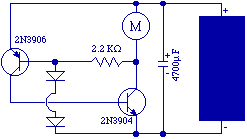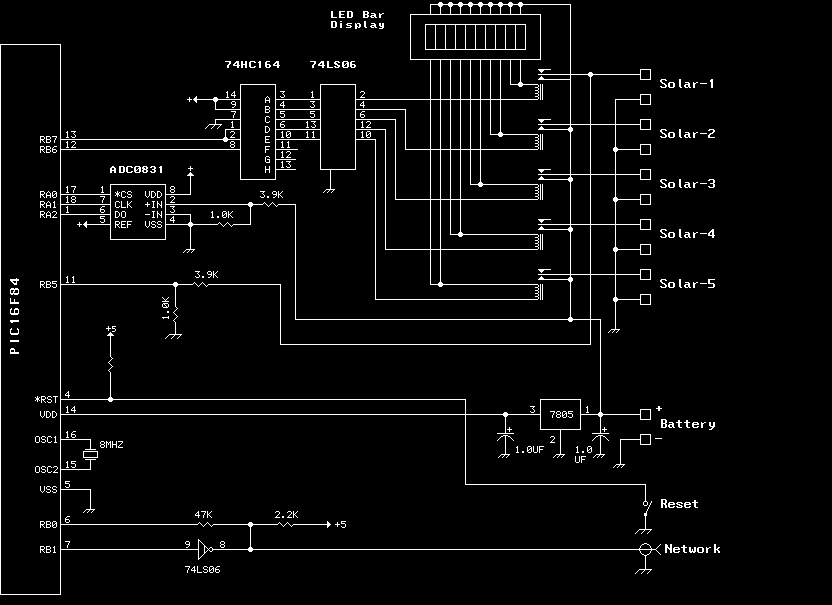
Portable Solar Lantern

This portable solar lantern circuit utilizes 6 volt/5 watt solar panels, which are now widely available. With the assistance of such a photovoltaic panel, it is possible to construct...
The portable solar lantern circuit is designed to harness solar energy through a 6 volt/5 watt photovoltaic panel, converting sunlight into electrical energy to power the lantern. The circuit typically includes several key components: the solar panel, a rechargeable battery, a charge controller, an LED light source, and a housing structure.
The solar panel serves as the primary energy source, generating electricity when exposed to sunlight. The generated voltage is used to charge a rechargeable battery, such as a lead-acid or lithium-ion battery, which stores energy for use when sunlight is not available. The charge controller is an essential component that regulates the voltage and current coming from the solar panel to prevent overcharging and ensure the battery operates within safe parameters.
The LED light source is chosen for its energy efficiency and long lifespan, providing illumination with minimal power consumption. The circuit may also include a switch to turn the lantern on and off and possibly a dimming feature to adjust brightness levels based on user preference.
The housing structure is designed to be portable and durable, allowing the lantern to be used in various outdoor environments. It is typically weather-resistant to protect the electronic components from moisture and dust. The overall design emphasizes ease of use, portability, and sustainability, making it an ideal solution for outdoor activities, emergency lighting, or as a reliable source of light in off-grid situations.
In summary, this portable solar lantern circuit represents an effective application of renewable energy technology, providing a practical and eco-friendly lighting solution.This portable solar lantern circuit uses 6 volt/5 watt solar panels are now widely available. With the help of such a photo-voltaic panel we can construct.. 🔗 External reference
The portable solar lantern circuit is designed to harness solar energy through a 6 volt/5 watt photovoltaic panel, converting sunlight into electrical energy to power the lantern. The circuit typically includes several key components: the solar panel, a rechargeable battery, a charge controller, an LED light source, and a housing structure.
The solar panel serves as the primary energy source, generating electricity when exposed to sunlight. The generated voltage is used to charge a rechargeable battery, such as a lead-acid or lithium-ion battery, which stores energy for use when sunlight is not available. The charge controller is an essential component that regulates the voltage and current coming from the solar panel to prevent overcharging and ensure the battery operates within safe parameters.
The LED light source is chosen for its energy efficiency and long lifespan, providing illumination with minimal power consumption. The circuit may also include a switch to turn the lantern on and off and possibly a dimming feature to adjust brightness levels based on user preference.
The housing structure is designed to be portable and durable, allowing the lantern to be used in various outdoor environments. It is typically weather-resistant to protect the electronic components from moisture and dust. The overall design emphasizes ease of use, portability, and sustainability, making it an ideal solution for outdoor activities, emergency lighting, or as a reliable source of light in off-grid situations.
In summary, this portable solar lantern circuit represents an effective application of renewable energy technology, providing a practical and eco-friendly lighting solution.This portable solar lantern circuit uses 6 volt/5 watt solar panels are now widely available. With the help of such a photo-voltaic panel we can construct.. 🔗 External reference




